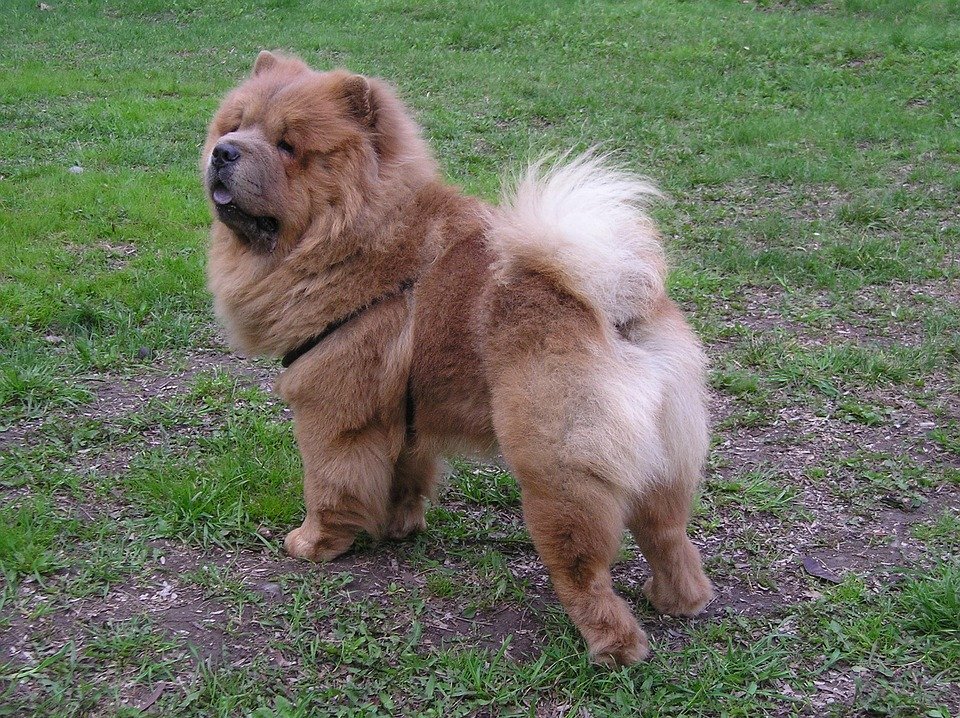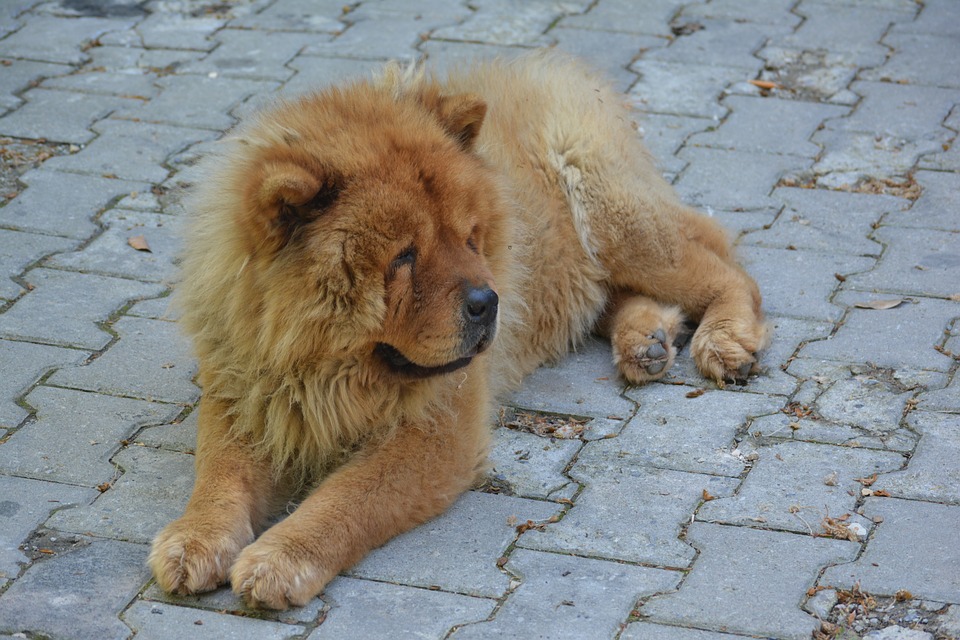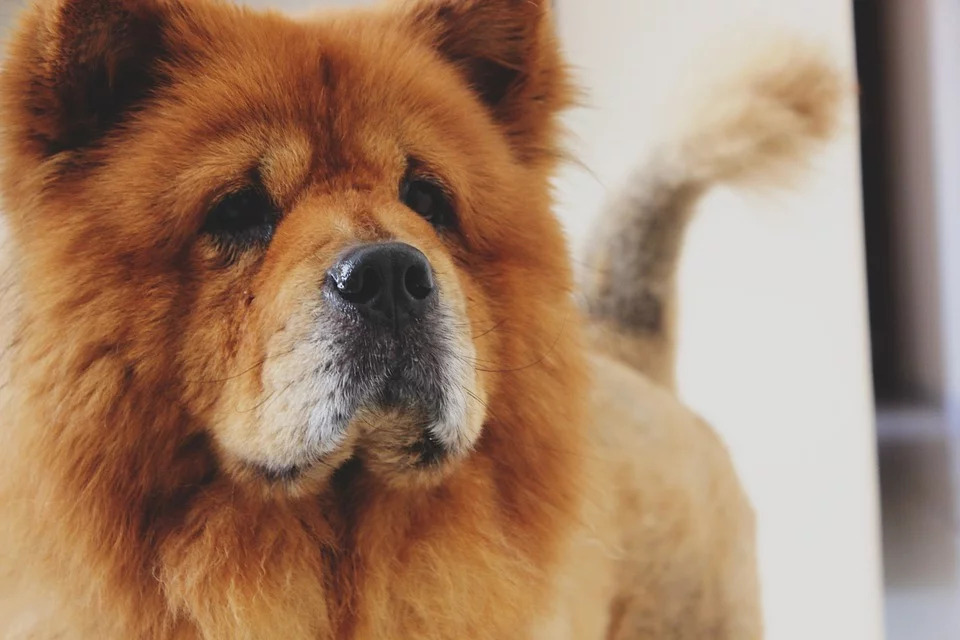The Chow Chow
Vital Stats of Chow Chows
- Dog breed group: Non-Sporting
- Height: 17 to 20 inches at the shoulder
- Weight: 40 to 70 pounds
- Lifespan: 12 to 15 years
Physical Characteristics of Chow Chows

The Chow Chow dog is a squarely built, sturdy and powerful Arctic-type. This breed is ideal for a variety of tasks, including hunting, herding, protecting and pulling. The coat can be of the rough or smooth variety, both of which have woolly undercoats to insulate against the cold weather. Common colors of this breed are red (light golden to deep mahogany), black, blue, cinnamon and cream.
The typical straight angulation of the Chow’s rear legs account for a stilted and short gait. Another essential characteristic of this breed is its black tongue and scowling expression.
Care for Chow Chows
While this breed enjoys being outdoors in cool weather, he needs to be an indoor pet in dry and arid, or hot and humid regions. This need to be indoors also stems from its craving for human attention and interaction.
The rough coat of Chow Chows requires brushing every other day, or daily during periods of shedding. However, the smooth-coated Chow only requires brushing once a week. This breed also loves short play sessions throughout the day, or casual evening or morning walks.
Health of Chow Chows

Similar to any other breed, the Chow Chow is prone to specific health problems. Minor health concerns that are common with Chow Chows include the following:
- elbow dysplasia
- gastric torsion
- elongated palate
- stenotic flares
- glaucoma
- distichiasis
- persistent pupilary membrane (PPM)
- cataracts
Serious conditions that are common in this breed include entropion, canine hip dysplasia (CHD), and patellar luxation. Additionally, the Chow may also be susceptible to renal cortical hypoplasia.
History of Chow Chows

The Chow Chow is one of the few breeds who has a truly valid claim to being an ancient breed. A study in 2004 of the canine genome established “genetic fingerprints” for 85 breeds, 14 of which were determined to be part of an ancient group. The Chow Chow was one of them. This breed most likely descends from ancient Tibetan mastiffs, and may be the ancestor of spitz breeds such as Keeshond, Norwegian Elkhound and Pomeranian.
The homeland of the Chow Chow is China. Depictions of the breed date back to 150 BCE, in particular a bas-relief from the Han Dynasty that portrays him as a hunting dog. In China, the Chow was versatile and did many kinds of work.
While the Chow originates in northern China, you could often find him in the southern part of the country, particularly in the trading port of Canton. Often times, the dogs were part of a ship’s cargo and eventually began to be called “Chow Chow” after the Chinese word utilized to indicate a miscellany of items, from knickknacks and curios to dogs.
In 1880, the first know importation of Chow Chows into England took place. Described as “Wild Dogs of China,” this breed was in the London Zoo and the dog-loving Queen Victoria took an interest in them. They later made their way to the U.S., exhibiting in 1890.
For more information on the Chow Chow or other dog breeds, don’t hesitate to contact us here at All Pets Veterinary Medical Center with the link below!
















